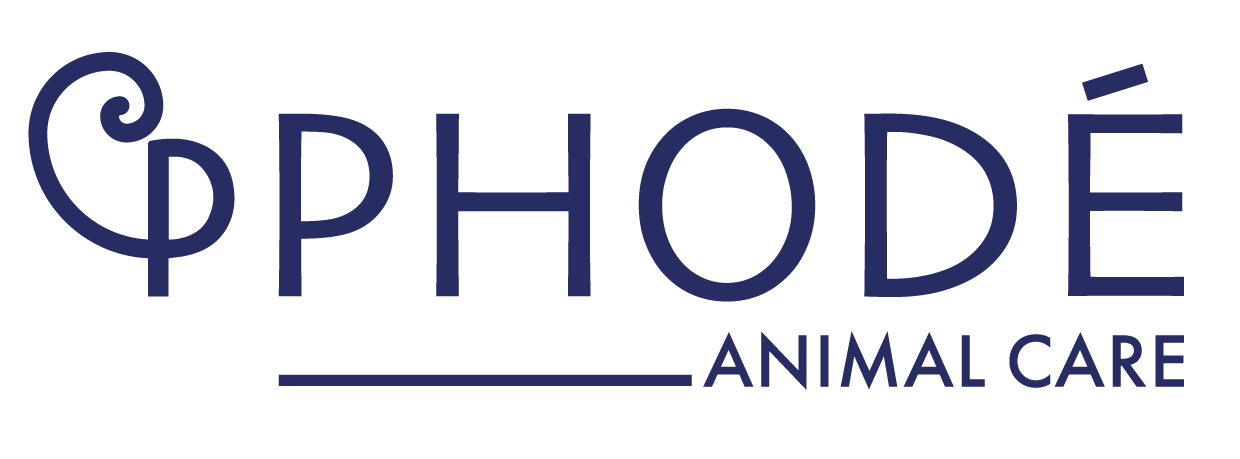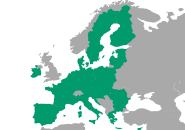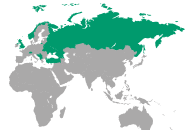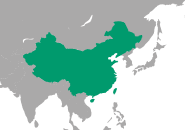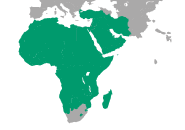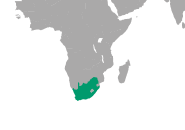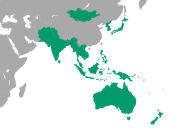Stress, oxidative stress, heat stress, the word stress is a catch-all and it is sometimes difficult to know what we really mean when we use it. So we risk being fooled by offers of stress treatment that do not specify what type of stress they claim to reduce.
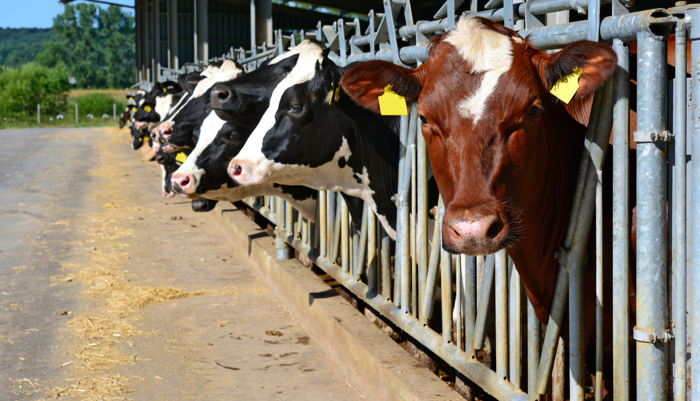
Oxidative stress, heat stress, stress, a large family present in all farms
What is oxidative stress?
The biggest confusion commonly encountered in the field is that there is a wide range of antioxidants that can be used to counteract stress. “Oxidative stress” does exist; it is an imbalance between the excessive amount of free radicals and antioxidants present in the body. Oxidative stress can be caused by food, or as a result of one or more stressors, but an antioxidant never treats the cause of the stress. When we only focus on the consequences of stress through the oxidative status of the animal, we must privilege antioxidants with strong anti-inflammatory power which, by reducing the suffering of the animal, participates in the reduction of the discomfort.
What about heat stress?
Heat stress is the combination of meteorological factors: temperature, humidity which have consequences on the physiology and well-being of the animal. The body temperature rises and the animal is no longer able to regulate the excess heat.
Ideally, reducing the causes of stress will always remain a more effective way than acting on the consequences. Making a difference between the causes and consequences of stress is the first step before making a diagnosis. To do so, we must start from the initial definition.
From the physio to the brain
A definition dating from 1936 that is still valid today.
Endocrinologist Hans Selye defines stress as the physiological and psychological means used by a living being to adapt to a given event. It is a natural physiological response that allows the body to mobilize its resources in the face of change. This response can manifest itself during positive or negative events. However, while it can be a real stimulant from time to time, stress may also become harmful to the animal physical and mental health if it is too persistant. Reactions can vary from one individual to another, depending on the environment, the context, but the goal of the organism is always the same: to restore balance to the inner environment.
Stress and stress factor: beware of confusion!
Stress should not be confused with stressors. which can be divided into:
- physical factors
- social factors (resulting from the interaction between individuals of the same species)
- factors related to husbandry practices
Stressors have an additive effect.
This means that when different stressors affect the animal at the same time, the stress response is greater than if the animal had been exposed to only one stressor. Situations such as weaning and transport can therefore be difficult for animals. Stress then becomes a vital and necessary response of the animal to enable it to adapt to a change in its environment perceived as harmful and creates discomfort, anxiety or emotional tension (Seyles, 1936). Describing the stressful consequences requires physiological or behavioural indicators that reflect this discomfort and anxiety: for example, high salivary cortisol levels or insufficient rest time.
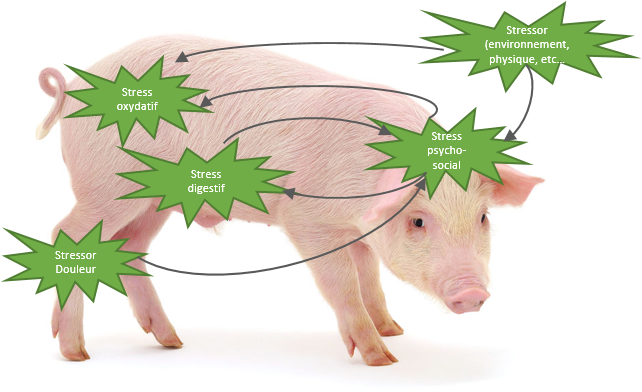
The different types of stressors
Most often avoidable stressors depend on farm management, but shifting the responsibility to the farmer is a mistake because it reduces the causes of stress to avoidable factors. However, some stressors are unavoidable, especially in our current production models. To limit the impact of unavoidable stress agents, solutions aimed at improving farming conditions: better temperature control, enrichment of the environment, etc. are proposed but cannot guarantee total control of stress agents. The animal is therefore the only one to perceive and cope with these stresses. Whether avoidable or not, the stressors will affect the animal in the form of psychological and/or social suffering.
- when the stressed animal perceives a discrepancy between “what is” and “what is expected”, it is psychological stress.
- when an animal suffers from the presence and interaction with other animals or the absence of interaction (isolation), this is social stress
We will then use the term psychosocial stress to bring the two together.
Les deux catégories d’agents stressants
| Avoidable stressors | Non avoidable stressors |
| Over density | Extreme weather variations |
| Poor ventilation | Manipulations |
| Wet soil or bedding | Vaccination |
| Toxins in food | Transport |
| High NH3 content of air | Fast growing lineage |
| Dehydration | Mutilations (debeaking, tail docking…) |
| Inappropriate management | Inappropriate light intensity or rhythm |
| Abrupt change in the environment | Medication |
| Dietary restriction | Hormonal and physiological changes |
Inevitable psycho-social stress is the most complex to manage.
What’s the impact?
The adverse effects of stress caused by unavoidable stressors directly affect the individual performance of the animal. In order to act in a sustainable way, the animal must be given the ability to better adapt to its environment. By strengthening the individual resilience of animals, i.e. their ability to cope alone with changes in their environment without adverse effects on themselves. In this case, a change in the environment (potential stressor) becomes an opportunity rather than a threat.
The animal’s brain for stress management
In order to address the animal and its adaptive capacities, one must address its brain directly. The anti-stress properties of olfactory molecules based on “citrus sinensis” give excellent results in terms of modulating psychosocial stress, reinforcing the animal’s resilience and enabling it to give better performance to breeders. Oxidative stress, thermal stress, psychosocial stress, stressing agents, those are concepts that should not be confused in order to better understand their consequences.
